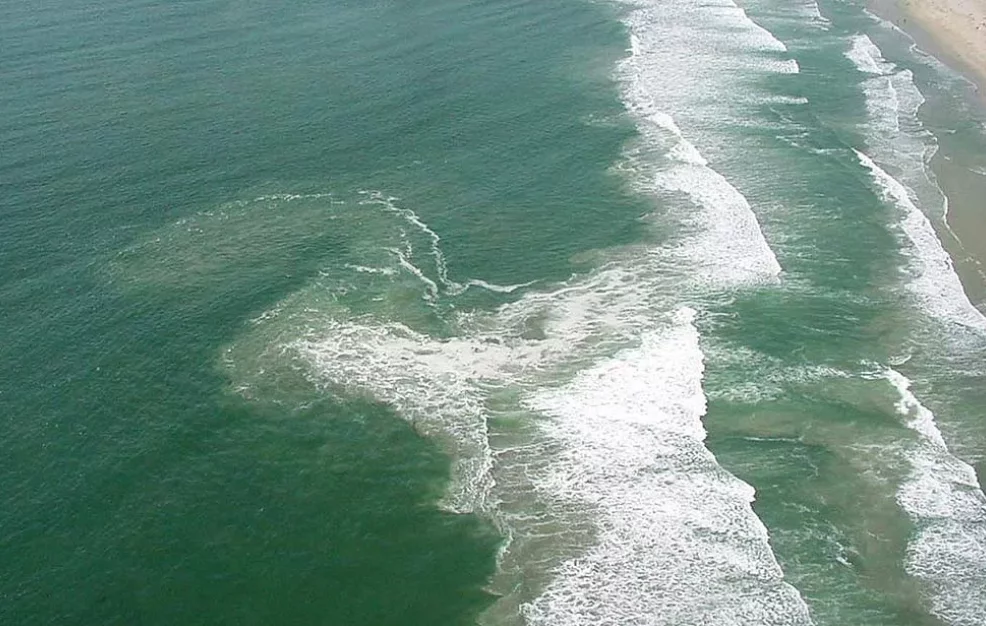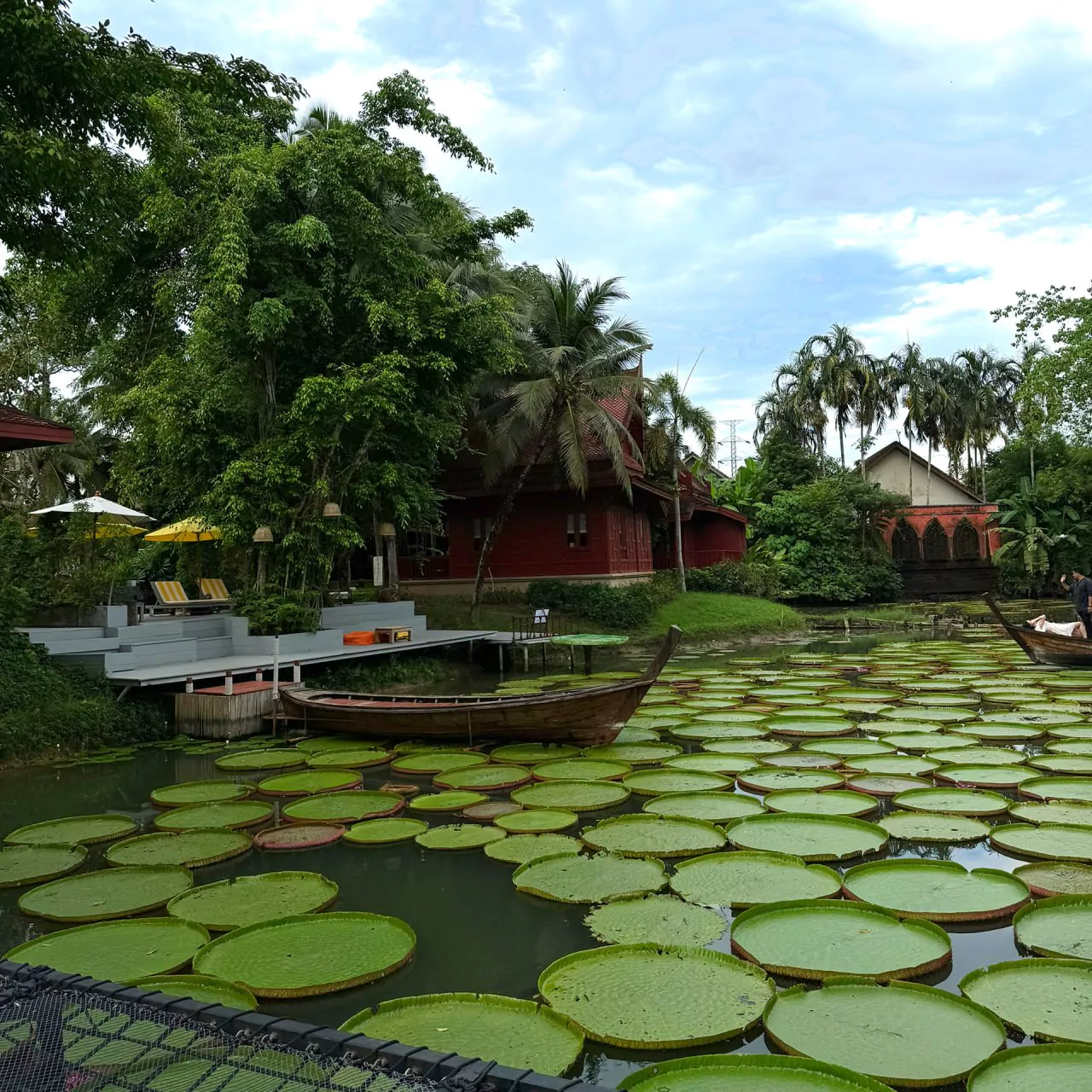Rip currents: how to avoid danger
Officially, this natural phenomenon is called a rip current, but there are also different names: RIP, undertow or backflow. Rip currents in Phuket are very common, especially in the low season, so it is important to know the safety rules in the sea.
How rip currents form
A rip usually forms in areas where there are sandbars, reefs, or shoals near the shore. These barriers prevent water from returning evenly to the sea, causing the main flow to rush with great speed through the gap between obstacles.
There are three types of rip currents:
- Channel rip occurs in deep areas between sandbars and remains there for an extended period.
- Boundary rip forms near various structures, such as docks and piers.
- Flash rip can appear in different places and is therefore considered the most dangerous and unpredictable.
How a rip current feels
A rip current cannot pull a person underwater. Its danger lies elsewhere: due to the current, you can suddenly find yourself tens of meters away from the shore, either by diving or simply playing in the waves. Its treachery is in the fact that it forms very close to shore, in places where no one expects danger, especially children.
How to spot a rip current
Always pay attention to the flags displayed on the beaches. We wrote in detail about this here. If you see a double red flag or a sign saying “Rip Current,” do not enter the water — it is dangerous.
If you’re swimming on wild beaches where there are no flags or lifeguards, observe your surroundings before entering the water — the signs of a rip current are usually visible:
- A channel of turbulent water perpendicular to the shoreline
- Murky water near the shore
- A section of foam moving from the shore to the sea
- A gap of 5-10 meters in the line of breaking waves
How to escape a rip current
Do not panic and stay calm. Don’t try to swim directly to shore against the current — it’s almost impossible, even for professional swimmers. To escape the rip current, swim parallel to the shore until you feel the pull subside.
If you can’t escape the current, conserve your energy and let it carry you out to sea. It will soon weaken, and afterward, you can swim to the side and then back to shore.
Call for help: on equipped beaches, there are always lifeguards who will pull you to safety. The universal signal for help is a raised hand.
Stay alert and cautious!

























